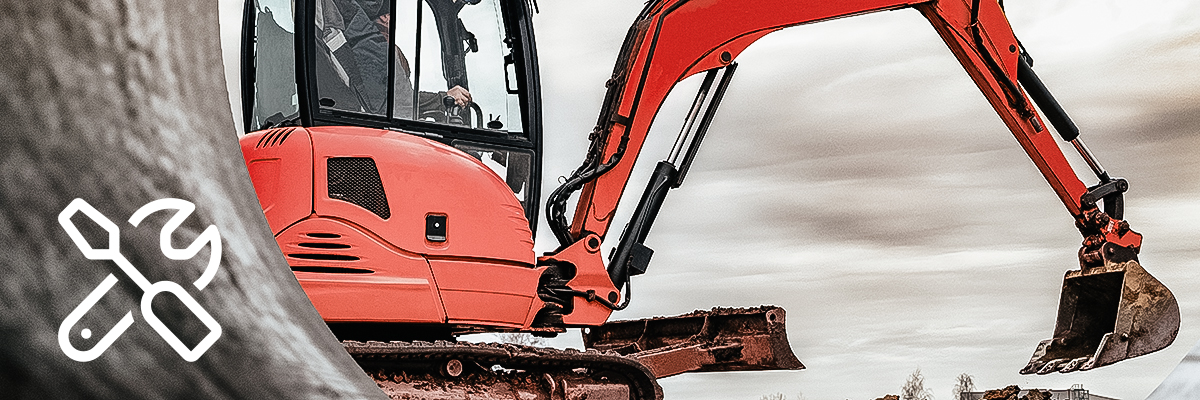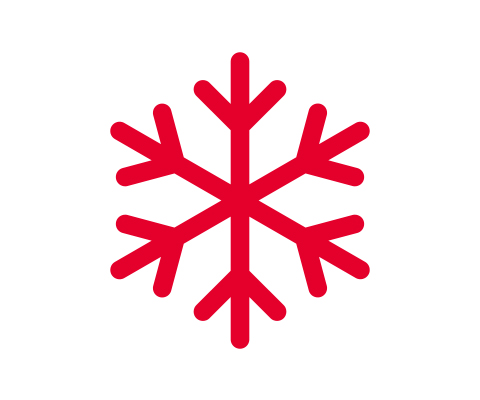Not all inspections and maintenance should be carried out at the same interval. A distinction should be made between daily inspections and more thorough inspections and maintenance.
Daily inspections
These checks must be done before every use to ensure that the small earth-mover is operating correctly and is safe to use. To achieve this, the daily inspection must consist of a visual inspection with a walkaround of the machine. Some of the things that should definitely be done during this inspection are:
- Check fluid levels (engine coolant and oil, hydraulic fluid, transmission fluid, etc.);
- Inspect the exhaust system for any signs of leakage or damage. Remove dirt and debris near the components in this system that become hot during operation to prevent overheating;
- Inspection of tracks and undercarriage parts;
- Inspection of tyres;
- General safety inspection;
- Greasing of pins and bushings;
- Etc.
Thorough inspections and maintenance
In addition to daily inspections, small earth-movers should regularly undergo more thorough inspections and maintenance as part of routine and preventive maintenance. In this case, the most important thing is to keep to a fixed schedule because this also provides a clear overview of which parts need to be serviced and when. There are several ways to determine the specific maintenance interval for machine parts:
- Operating hours (e.g. after 500 hours of use);
- Length of time (e.g. every six months);
- Distance travelled (e.g. every 2,000 km).
Which of these three is best for a specific small earth-mover depends on the type of equipment, its typical work environment and the manufacturer’s guidelines.
A rule of thumb recommended by many machine manufacturers is to schedule preventive maintenance every six months or after approximately 500 hours of use. Having a small earth-mover thoroughly inspected by a professional will lead to the early detection of possible defects, minimising the risk of machine downtime.










